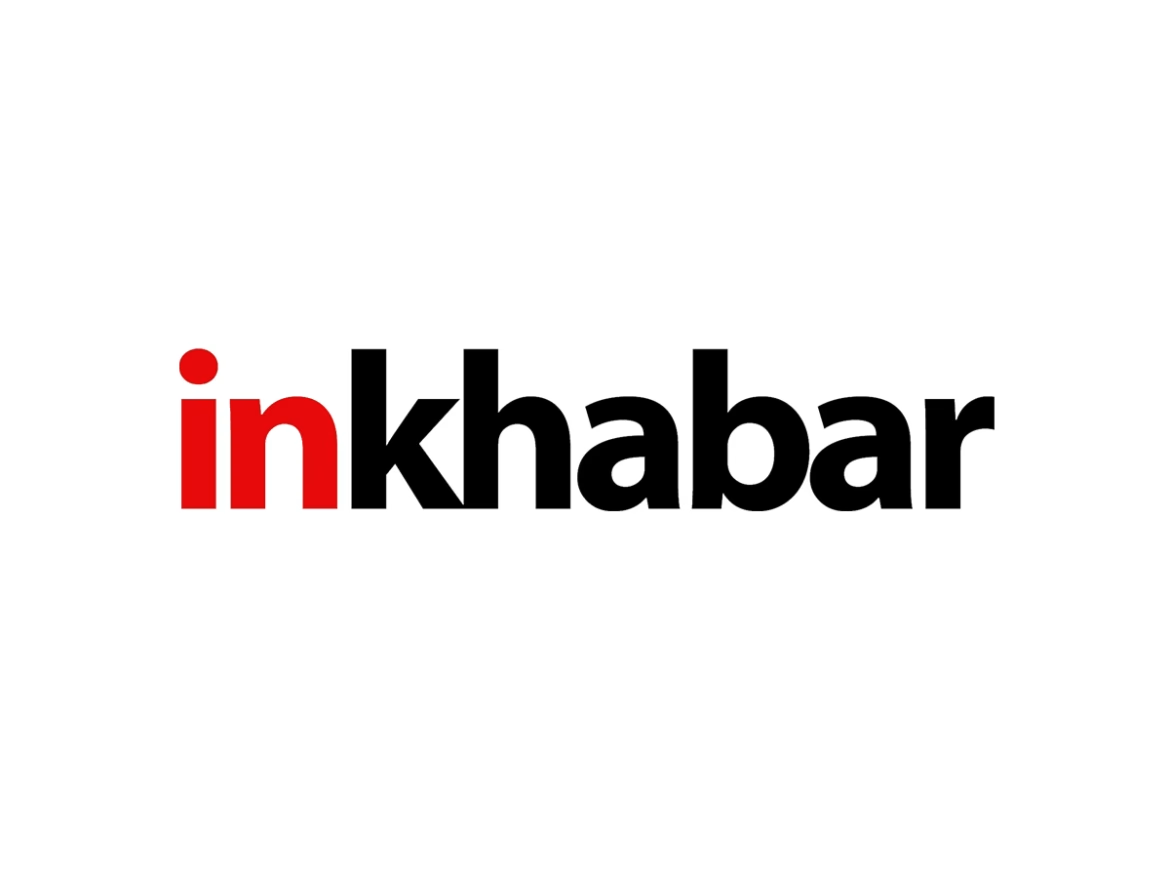By Sinéad Carew and Niket Nishant (Reuters) -Wall Street's three major indexes marked record closing highs with modest gains on Thursday, largely thanks to support from the technology sector, while investors cautiously monitored private labor market data on the second day of a U.S. government shutdown. The benchmark index rose very slightly, with its valuation already at its highest level since 2020, while the Nasdaq, up 0.4%, was the biggest gainer on the day, with help from heavyweight technology companies including AI chip leader Nvidia, Apple and Broadcom. With no official government data available because of the shutdown, investors were monitoring information from other sources. A report from global outplacement firm Challenger, Gray & Christmas said U.S. employers announced fewer layoffs in September but that hiring plans so far this year were the lowest since 2009. This followed the previous day's weaker-than-expected ADP National Employment Report. "The market is looking at all of that against the backdrop of what was already weak job data in recent months to try to gauge the real path forward for the labor market from here," said Jim Baird, chief investment officer with Plante Moran Financial Advisors. The lackluster jobs data so far has led traders to bet widely that the Federal Reserve will cut interest rates two more times this year, including a cut at the end of October. However, the Labor Department had to delay its September nonfarm payroll report because of the government shutdown. While the shutdown was not a shock and investors have been soothed by the knowledge that such closures have typically not hurt the market in the past, Baird noted that it still caused worries. "Given how polarized the two (political) parties are right now, and both seem to be staking out their respective positions, it wouldn't be surprising if this one drags out a little bit longer," he said. The Dow Jones Industrial Average rose 78.62 points, or 0.17%, to 46,519.72. The S&P 500 gained 4.15 points, or 0.06%, to 6,715.35 and the Nasdaq Composite gained 88.89 points, or 0.39%, to 22,844.05. The gains marked two closing highs in a row for the S&P 500 and the Dow, while the Nasdaq narrowly missed a record close on Wednesday. Earlier in the session, the S&P and the Nasdaq indexes had hit intraday record highs. The S&P 500's forward price-to-earnings ratio has climbed to 23.1. The tech sector finished up 0.5% and was the biggest boost to the S&P 500 with a lot of help from chip stocks. The broader semiconductor index closed up 1.9% and also registered a record closing high. Materials was the biggest percentage gainer among the benchmark's 11 major industry sectors, adding 1%. Energy was the biggest percentage loser of the group, falling 1%. Consumer discretionary, while not the biggest percentage loser, was the biggest drag on the S&P 500 due largely to a selloff in shares of Tesla, which ended down 5% for its biggest one-day percentage loss since late July. The electric vehicle maker gave up early gains after a strong quarterly deliveries report, because some analysts flagged risks to sales in the upcoming quarters due to the withdrawal of the $7,500 federal tax credit. Shares of credit bureaus Equifax and TransUnion fell 8.5% and 10.6%, respectively, after FICO launched a program that could allow mortgage lenders to gain access to credit scores without relying on the bureaus. FICO shares surged almost 18% after the news. Occidental Petroleum said it would sell its petrochemical division to Warren Buffett's Berkshire Hathaway for $9.7 billion, sending shares of the oil and gas producer down 7.3%. Advancing issues outnumbered decliners by a 1.16-to-1 ratio on the NYSE where there were 530 new highs and 93 new lows. On the Nasdaq, 2,706 stocks rose and 1,971 fell as advancing issues outnumbered decliners by a 1.37-to-1 ratio. The S&P 500 posted 37 new 52-week highs and 11 new lows while the Nasdaq Composite recorded 140 new highs and 67 new lows. On U.S. exchanges, 18.77 billion shares changed hands compared with the 18.83 billion 20-day moving average. (Reporting by Sinéad Carew and Caroline Valetkevitch in New York and Niket Nishant and Sukriti Gupta in Bengaluru; Editing by Krishna Chandra Eluri and Matthew Lewis)
(The article has been published through a syndicated feed. Except for the headline, the content has been published verbatim. Liability lies with original publisher.)





